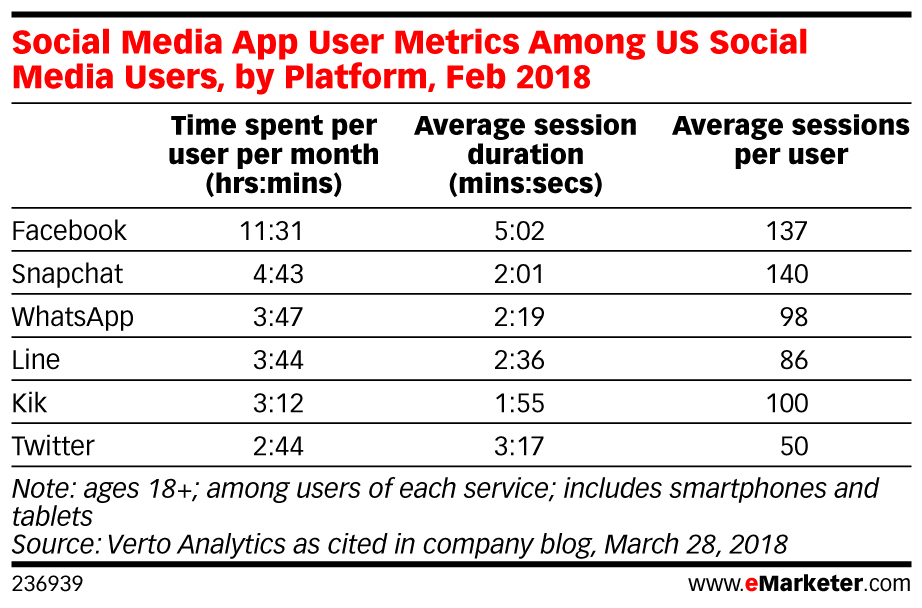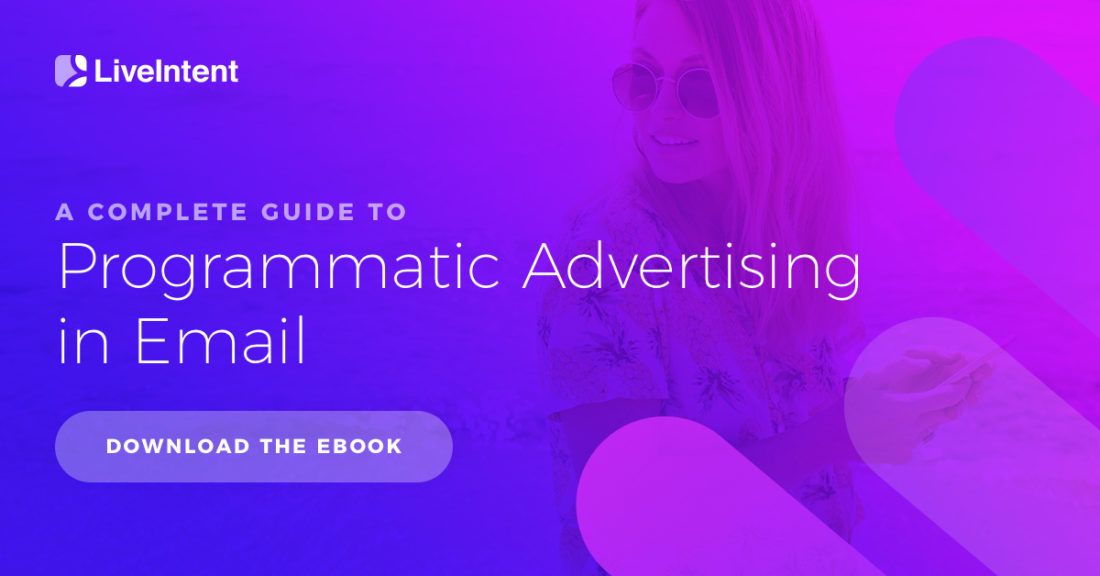Programmatic advertising is now king of the hill, but it’s made enemies along the way.
It punched its way to heavyweight status in 2017, taking in $35.85 billion according to eMarketer – ahead of television, radio, and print. But many consumers find ads annoying and click-through rates have dwindled to just five out of 10,000 (roughly the same odds as being struck by lightning in your lifetime).
The fundamental technology that underpins programmatic is solid: A global network of publishers and advertisers who are deeply concerned with quality and who conduct real-time bids to get the best ads they can in front of people.
So where’s the disconnect? It lies in the programmatic industry’s lack of a people-based marketing approach, and a safe place to do it all.
Within walled gardens, things are just greeaat.
If advertisers wanted to clean up programmatic advertising, they’d ask for:
1. Access to their target audience
2. A fraud-free environment
3. Performance data so they can improve
Within the walled gardens of the advertising Triopoly – Google, Facebook, and now, Amazon – marketers get a relatively fraud-free environment and access to lots of consumers, but they don’t always get data back. The big tech giants don’t share rich, people-based data, so advertisers can’t get to know them as people. Yet life outside of the walled gardens may be even worse.
The thousands of alternative programmatic networks offer performance data, but many play loose and fast with fraud and brand safety. Advertisers may collect individuals’ information, but they can also fall prey to bots and click-farms or run the risk of their ads showing up on a dangerous site.
What can marketers who want to put their programmatic power to good use do? Marry it with another technology – one that’s even older, and doesn’t suffer some of programmatic’s hang-ups.
We have a specific one in mind. It’s used by 3.75 billion people who love it more than WhatsApp or Facebook. It’s 99% fraud-free, fully cross-device, and people spend an average of 5.4 hours there every day – that’s about 162 hours per month.
That second technology? Email. And with LiveIntent, marketers can merge the two to get the best of both worlds.

The tale of two technologies.
Programmatic advertising in email places targeted marketing offers in email newsletters that consumers know, trust, and love. The scale is enormous and those offers earn the same high regard as content and actually increase readers’ engagement.
Within email newsletters, advertisers get to leverage a deterministic cross-device identifier, while accessing a highly engaged audience, immense scale, and brand-safe/ virtually fraud-free environment.
It’s a whole new world and, just like the first programmatic ads (before fraudsters or walled gardens ruined it), it gets jaw-dropping returns: 10x higher performance than regular display ads.
Want to learn more about programmatic advertising in email? Get the guide below.
Get my guide!
The post A Tale of Two Technologies: Programmatic and Email appeared first on LiveIntent Blog.

